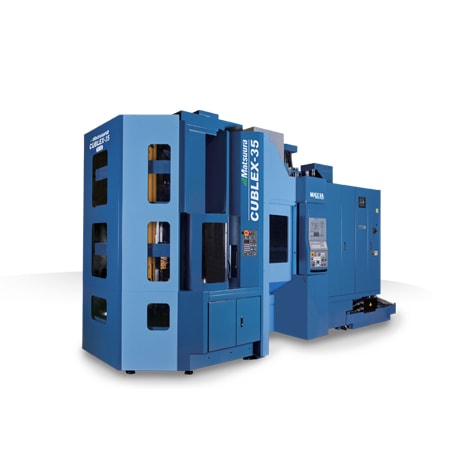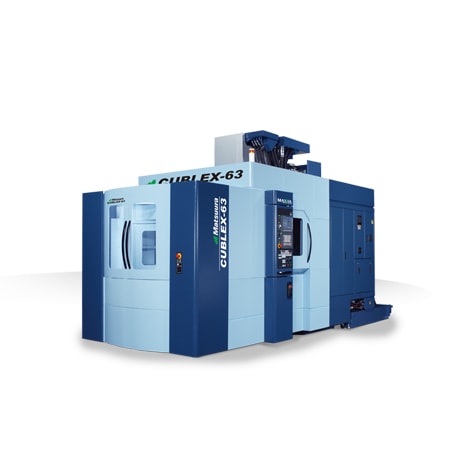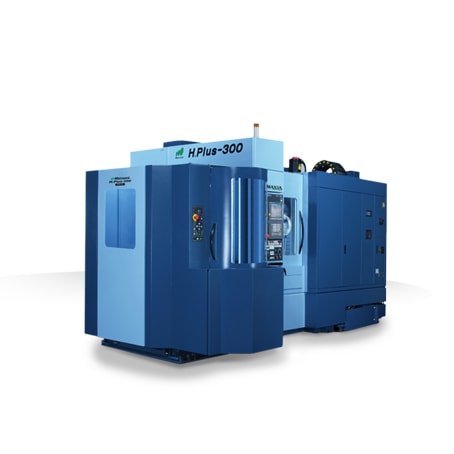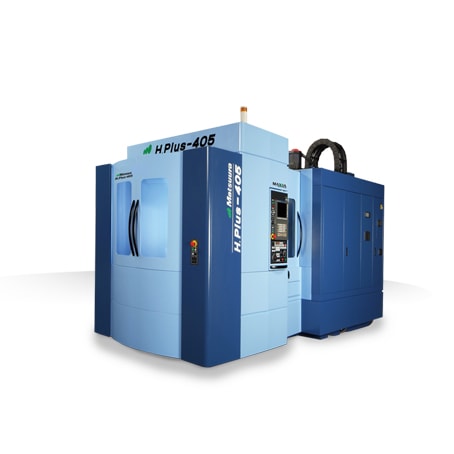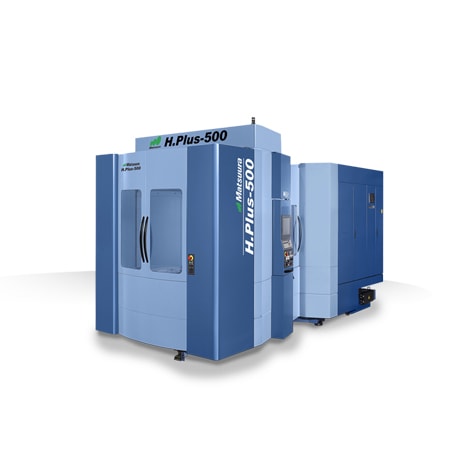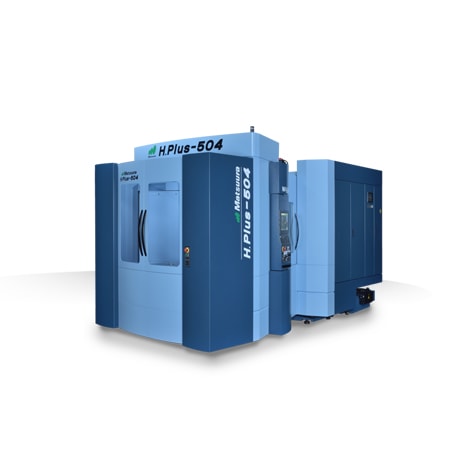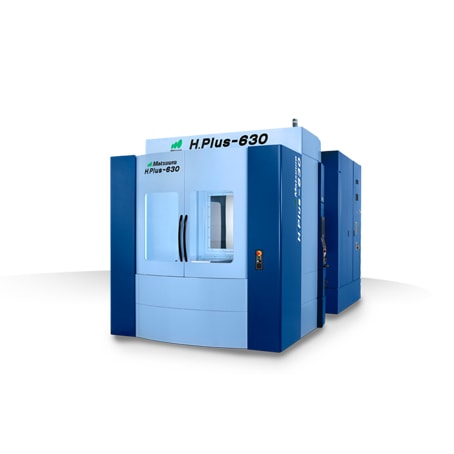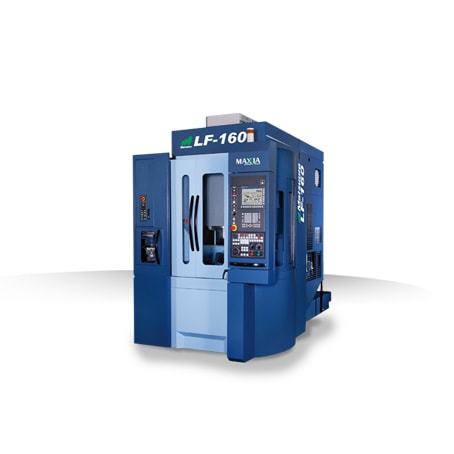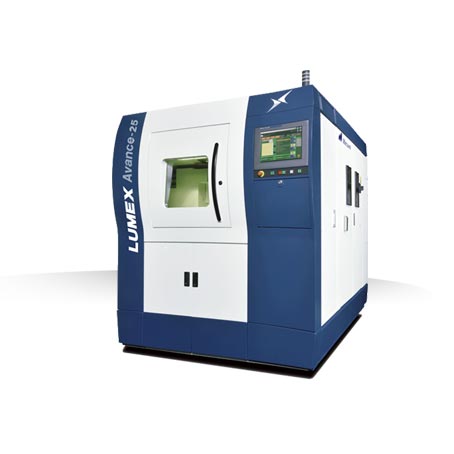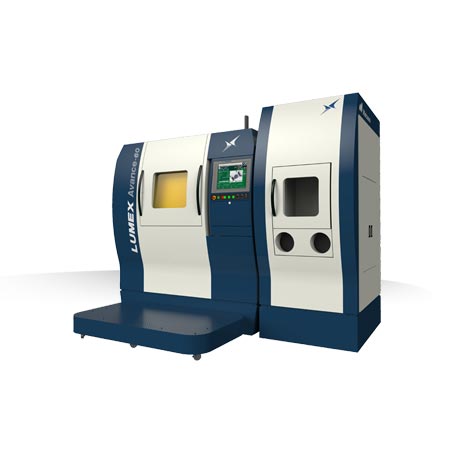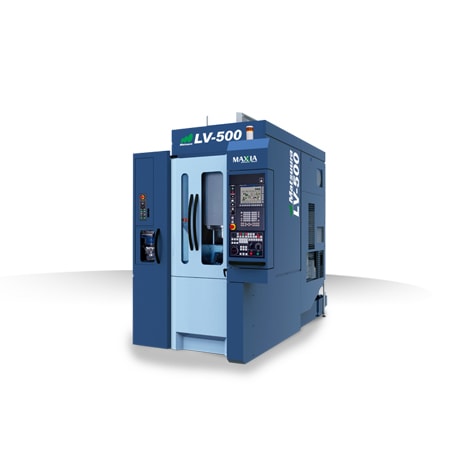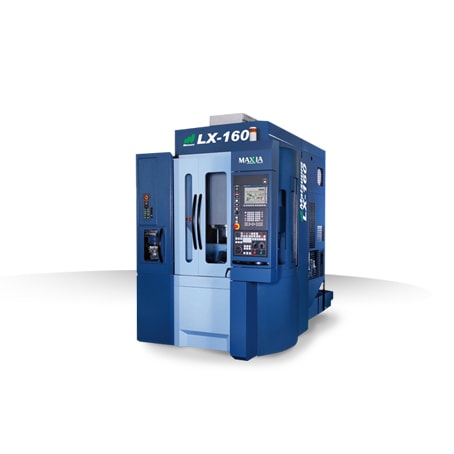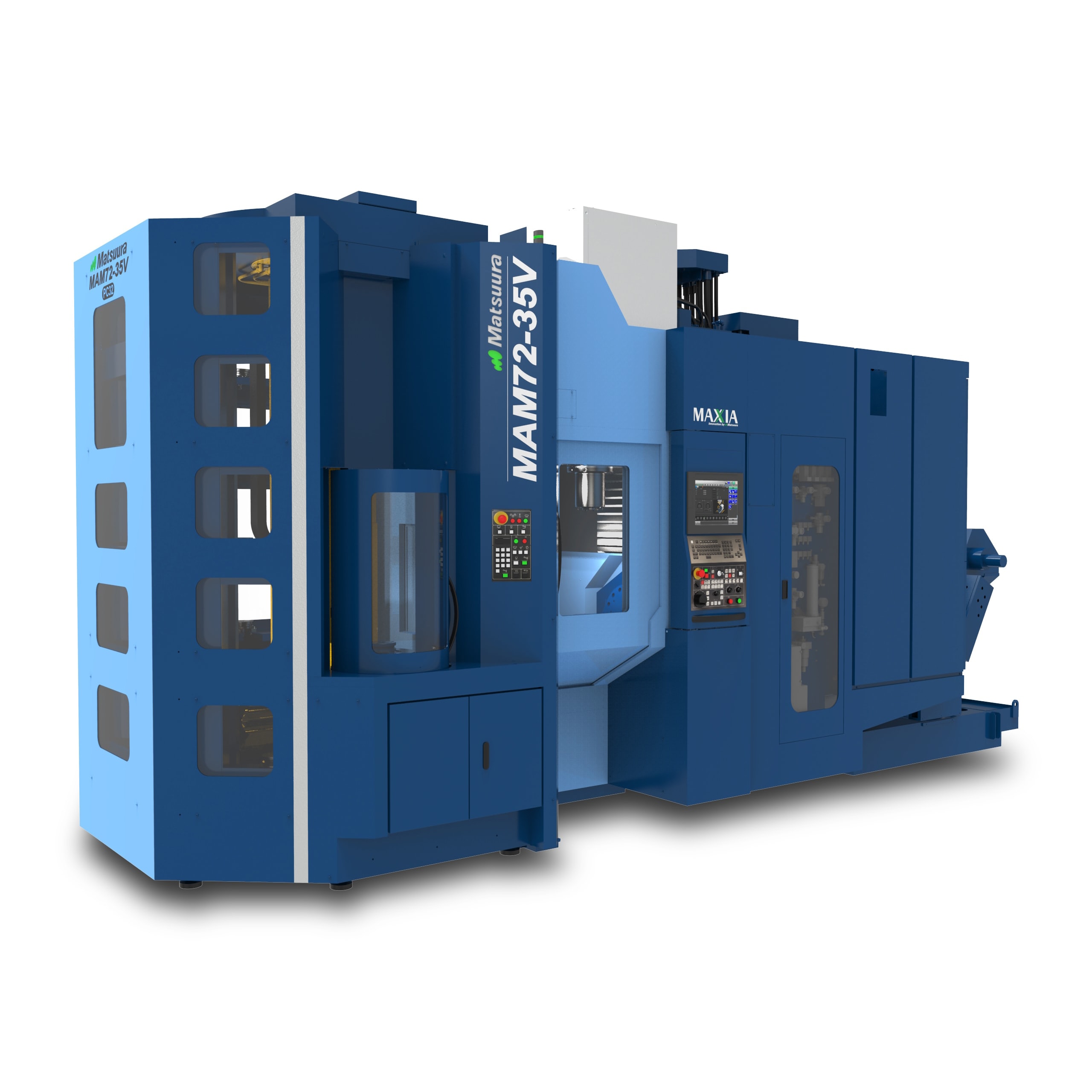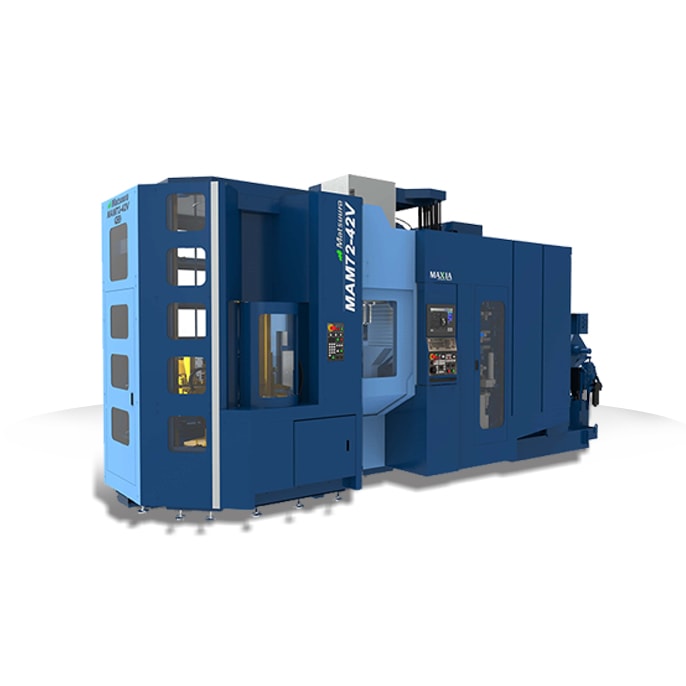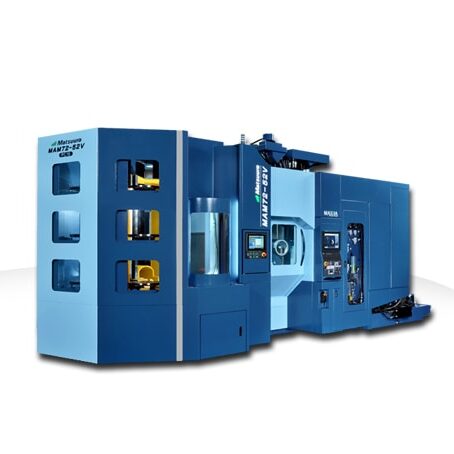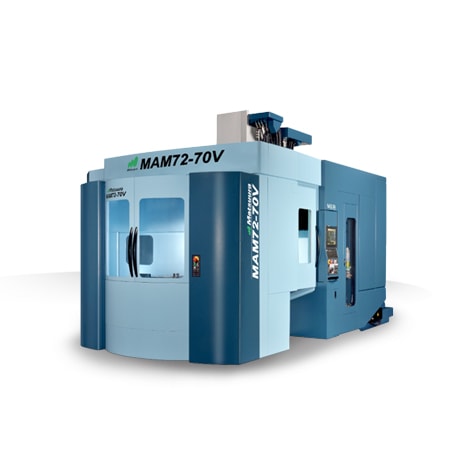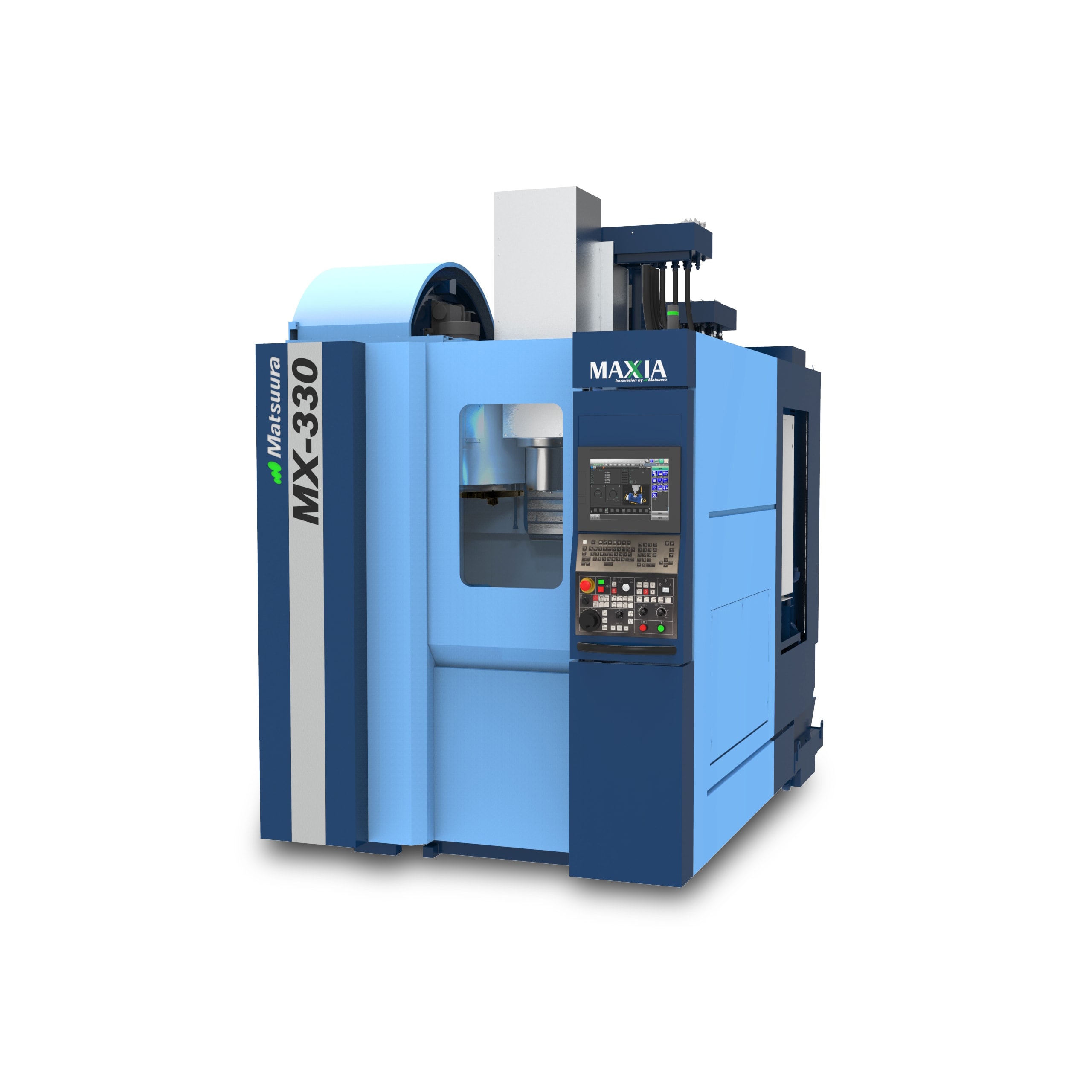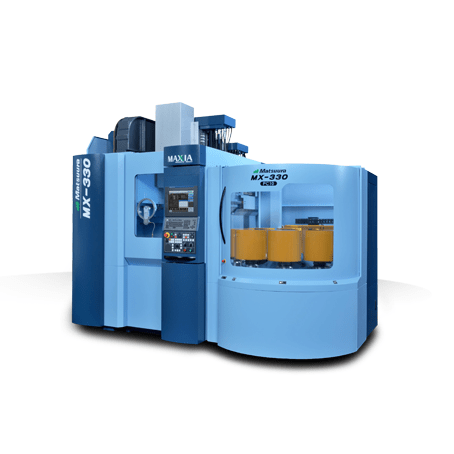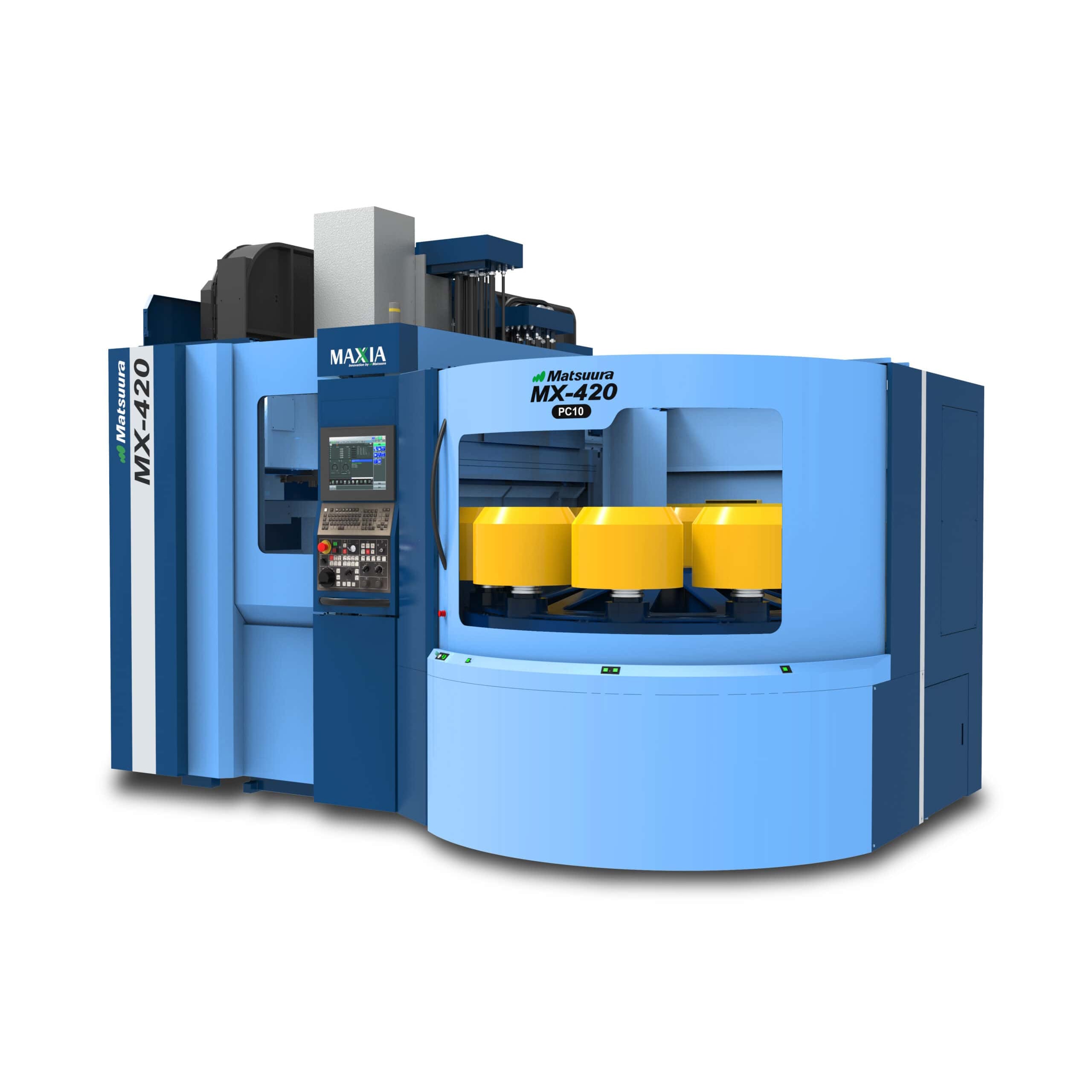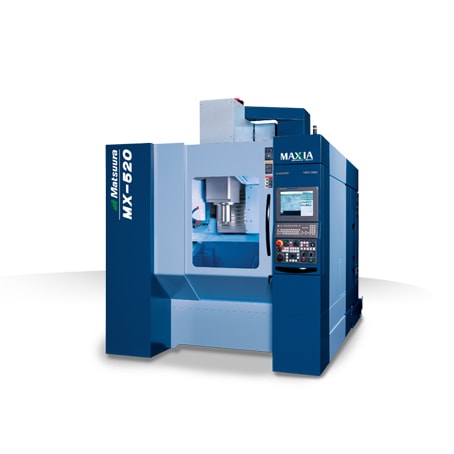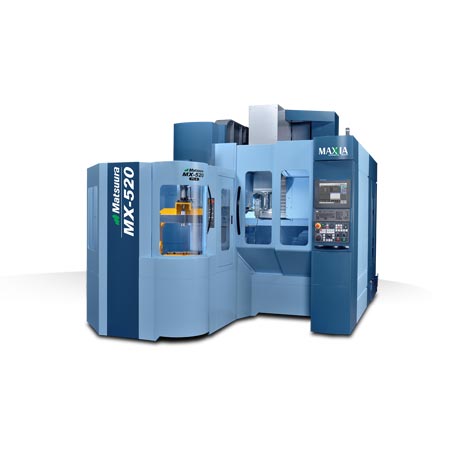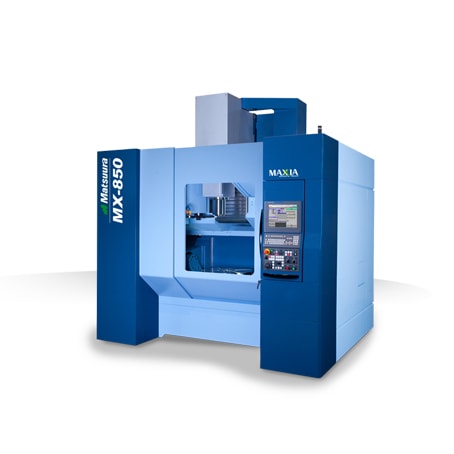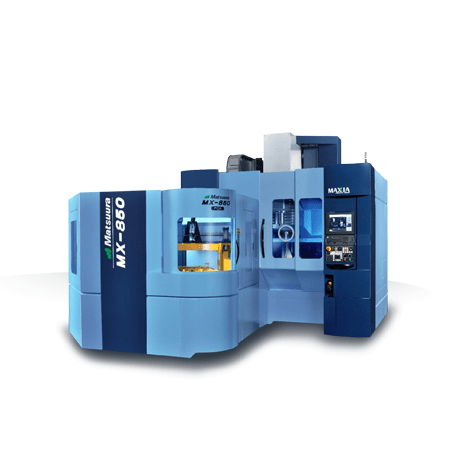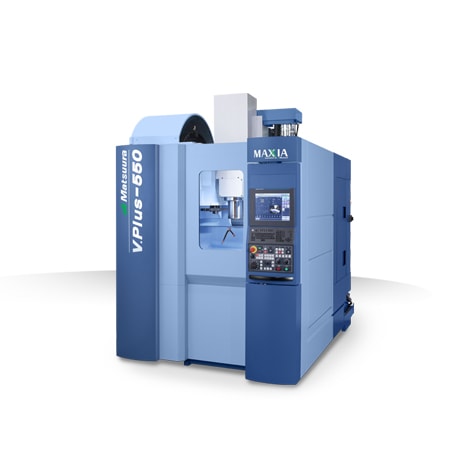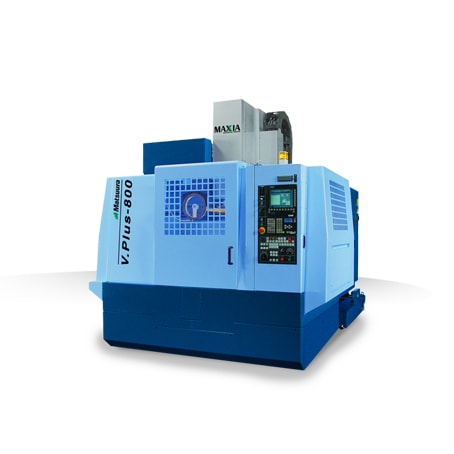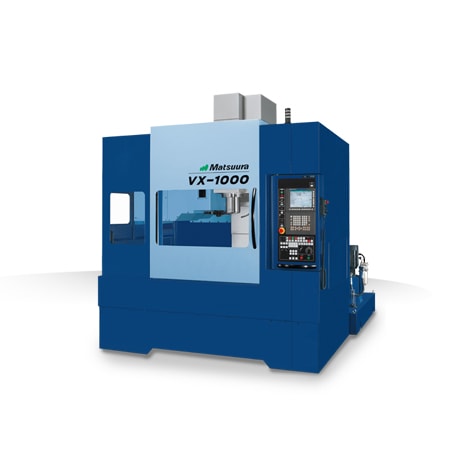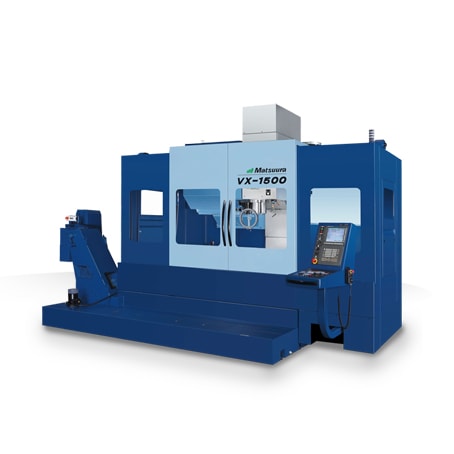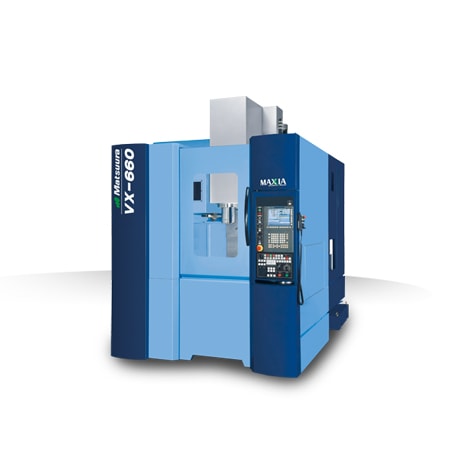Authors: Sheida Sarafan, PritiWanjara, Javad Gholipour, Fabrice Bernier, Mahmoud Osman, Fatih Sikan, Josh Soost (Matsuura Machinery USA, Inc.), Robert Amos, Prakash Patnaik, and Mathieu Brochu
Abstract: This research study investigated the hybrid processing of 316L stainless steel using laser powder bed (LPB) processing with high-speed machining in the same build envelope. Benchmarking at four laser powers (160W, 240W, 320W, and 380 W) was undertaken by building additively with machining passes integrated sequentially after every ten deposited layers, followed by the final finishing of select surfaces. The final geometry was inspected against the computer-aided design (CAD) model and showed deviations smaller than 280 m for the as-built and machined surfaces, which demonstrate the good efficacy of hybrid processing for the net-shape manufacturing of stainless steel products. The arithmetic average roughness values for the printed surfaces, Ra (linear) and Sa (surface), were 11.4 um and 14.9 um, respectively. On the other hand, the vertical and horizontal machined surfaces had considerably lower roughness, with Ra and Sa values ranging between 0.33 m and 0.70 m. The 160 W coupon contained layered, interconnected lack of fusion defects which affected the density (7.84 gcm3), yield strength (494 MPa), ultimate tensile strength (604 MPa), Young’s modulus (175 GPa), and elongation at break (17.3%). By contrast, at higher laser powers, nearfull density was obtained for the 240 W (7.96 gcm3), 320 W (7.94 gcm3), and 380 W (7.92 gcm3) conditions. This, combined with the isolated nature of the small pores, led to the tensile properties surpassing the requirements stipulated in ASTM F3184—16 for 316L stainless steel. Keywords: hybrid manufacturing; laser powder bed fusion; 316L stainless steel; density; surface quality; X-ray micro-computed tomography; microstructure; hardness; tensile properties; fractography
Sheida Sarafan 1 , PritiWanjara 1,* , Javad Gholipour 1, Fabrice Bernier 1, Mahmoud Osman 1,2, Fatih Sikan 1,2,
Josh Soost 3, Robert Amos 4, Prakash Patnaik 1 and Mathieu Brochu 2
1 National Research Council Canada, Transportation and Manufacturing Division,
Montréal, QC H3T 1J4, Canada; [email protected] (S.S.);
[email protected] (J.G.); [email protected] (F.B.);
[email protected] (M.O.); [email protected] (F.S.);
[email protected] (P.P.)
2 Department of Mining and Materials Engineering, McGill University, Montréal, QC H3A 0C5, Canada;
[email protected]
3 Matsuura Machinery USA Inc., St. Paul, MN 55102, USA; [email protected]
4 Department of National Defence, Directorate of Technical Airworthiness and Engineering Support (DTAES),
Ottawa, ON K1A 0K2, Canada; [email protected]
* Correspondence: [email protected]
